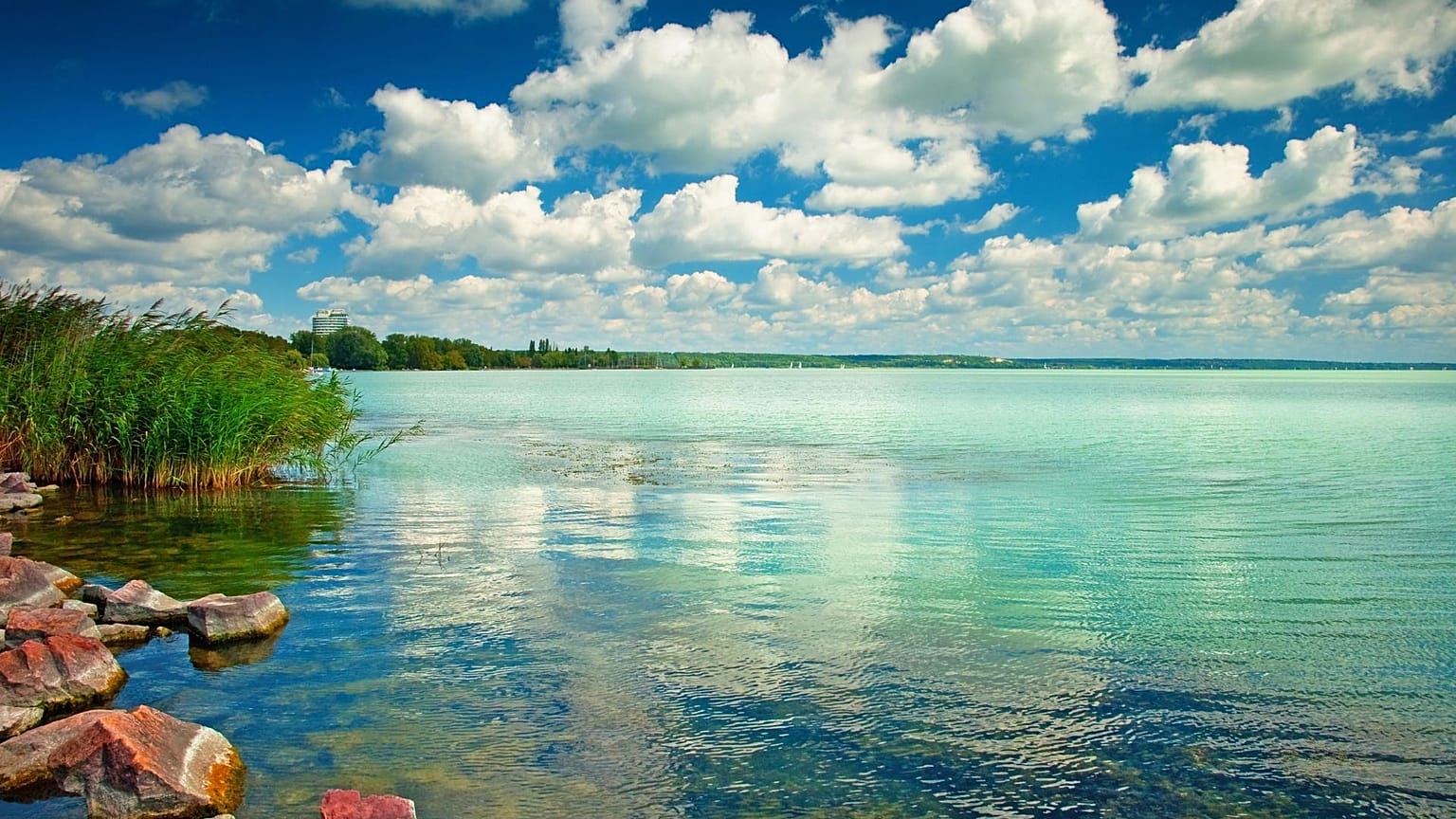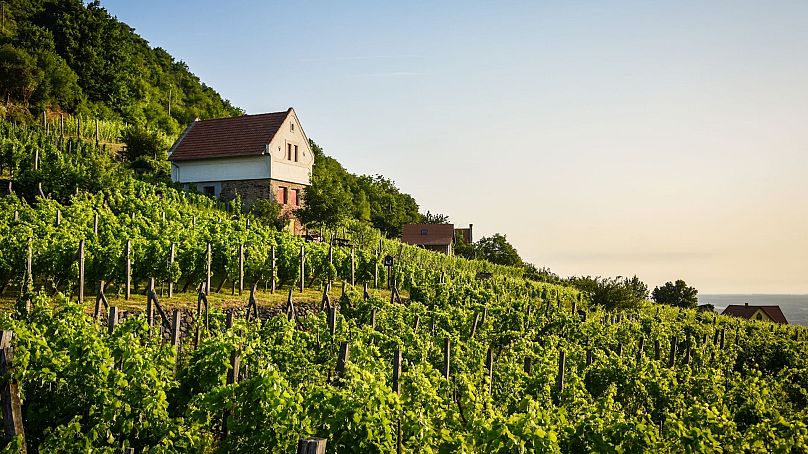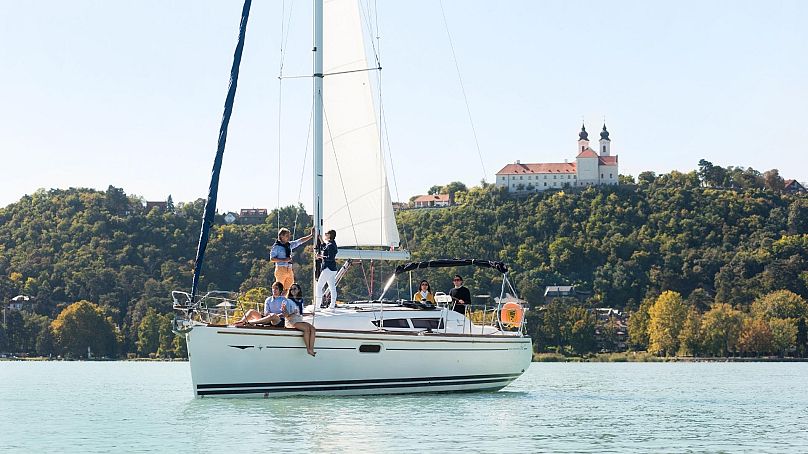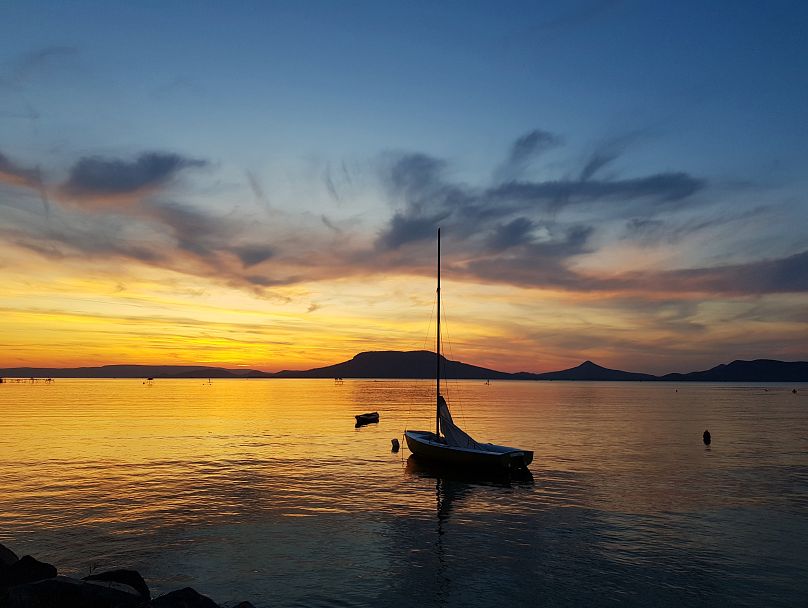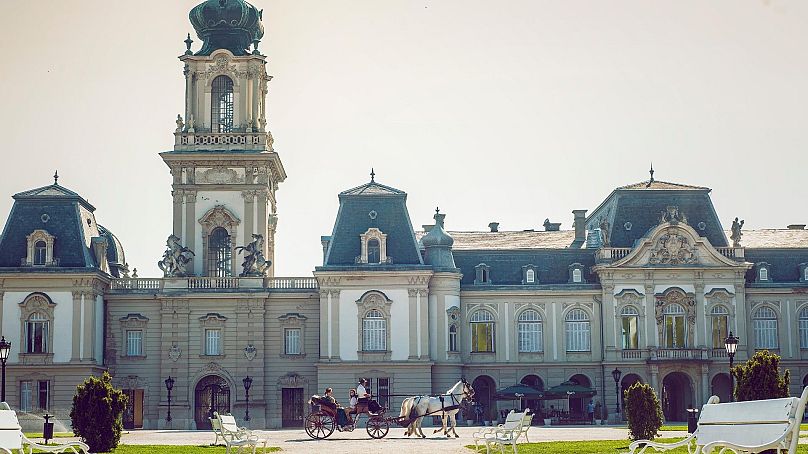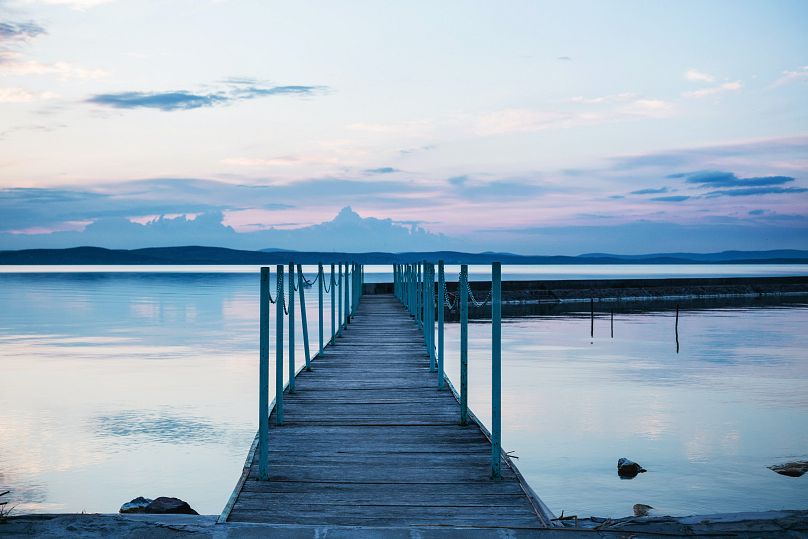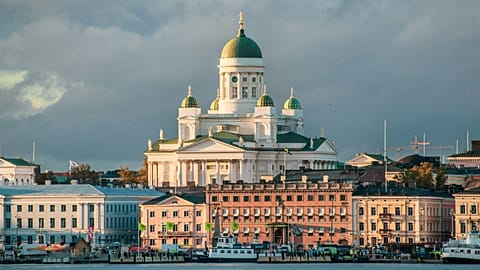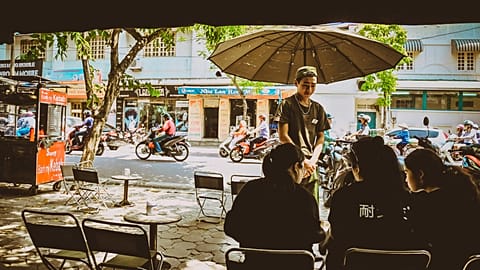The Hungarian district is also home to the largest number of wineries in the region.
Despite its cinematic landscapes, food festivals, vineyards and vast hiking routes, the chances are you’ve never heard of Lake Balaton.
Most visitors to Hungary head directly to Budapest and stay there, enamoured by the city’s diverse architecture and affordable drinks.
But just a 70-minute drive southwest of the capital lies the largest lake in Central Europe. A scenic spot that Hungarians have been visiting for generations.
At 77km long and 14km wide, Balaton’s shallow depth makes it ideal for bathing. If you’re not a water baby though, the activities around the lake are just as seductive. From exploring the vast Festetics Palace to sampling the local wines at nearby vineyards, there’s a whole host of reasons to visit the ‘Hungarian Sea’.
Here’s why a visit to the Lake Balaton region should be on your bucket list this year.
What are the travel restrictions for Hungary?
Travellers from the EU and the UK need to show that they are fully vaccinated to enter Hungary. Passengers will need a COVID-19 vaccination certificate, but there’s no need to fill out any health forms before entering the country.
British Nationals who are not fully vaccinated will need to show a negative PCR test conducted up to 72 hours before arrival into Hungary.
Take a dip in Europe’s largest thermal lake
If swimming in hot water is more your thing, you could do a lot worse than Lake Hévíz. The world’s largest swimmable thermal lake is located just a few kilometres west of Lake Balaton and has become one of Hungary’s most popular health tourism spots.
Once used by the famously bath-loving Romans and never reaching temperatures lower than 22 degrees, the modern structure at Hévíz features spire-like turrets and extends over the lake offering easy access to the water.
Traditional Hévíz therapy consists of bathing, mud packs and traction baths, though you’re more than welcome to simply grab a foam noodle and wade around among the red water lilies that dot the lake’s surface.
Sample the local wine
Home to several ancient and distinct Hungarian grape varieties, the Balaton wine region extends across more than 9,000 hectares and its handsome vineyards blanket the hilly northern side of Lake Balaton.
Just north of Sziliget Castle you’ll also find the steep slopes of the Badacsony wine district, home to the largest number of wineries in the region.
The vineyards here are sheltered from northern winds, while the cool breezes from the lake preserve the acidity of the grapes.
But you don’t need to be up in the hills to enjoy these fine underrated wines.
Jump on a sailboat from Balatonboglár as evening draws in and have a glass of light white Rózsak while the sun descends.
See how the aristocracy lived
With its grandiose baroque architecture and waterside location, it’s easy to see why Festetics Palace attracts 200,000 visitors per year.
Situated just moments from the western shores of Lake Balaton in the town of Keszthely, it’s the most visited palace in Hungary.
Beginning in 1745, the palace’s construction lasted over a century and the second floor is where you’ll find the most beautiful parts of the building.
Lined with family portraits, the oak staircase is one of eight in the palace and by far the grandest. Head east through the high ceiling corridors to find the building’s library, a beautiful oak-panelled room containing over 90,000 books, a wooden spiral staircase and a small collection of antique globes.
Explore the lake on two wheels
If you truly want to understand the scale of central Europe’s largest lake, there are few better ways than cycling around its 210km perimeter.
The Balaton Bicycle Circuit consists largely of dedicated cycle paths and quiet side roads and there are plenty of rent-a-bike services dotted around the various lakeshore towns.
Cycling the entire lake in one go will take all day, so it’s best to break it up into leisurely chunks (note that the northern side is hillier than the flat southern side).
There are plenty of bicycle-friendly bistros and restaurants around the shore too, and it would be entirely understandable to go for a dip or to take an afternoon nap in the shade of the trees.
Indulge in Balaton’s many food festivals
Anyone who’s visited Hungary before (and sampled their generous portion sizes) will know that Hungarians like to eat - and Lake Balaton is no exception.
With the waters providing plenty of fish, seafood is king here, and trying the local fish soup - a mix of carp, predatory fish, catfish and small fish - is a must.
Early June sees the enticing Balaton Fish and Wine Festival line Tagore Promenade in Balatonfüred, while the Zamárdi Gourmet and Beer Festival takes place on Zamardi’s beachfront and features the finest products of Hungarian craft breweries.















